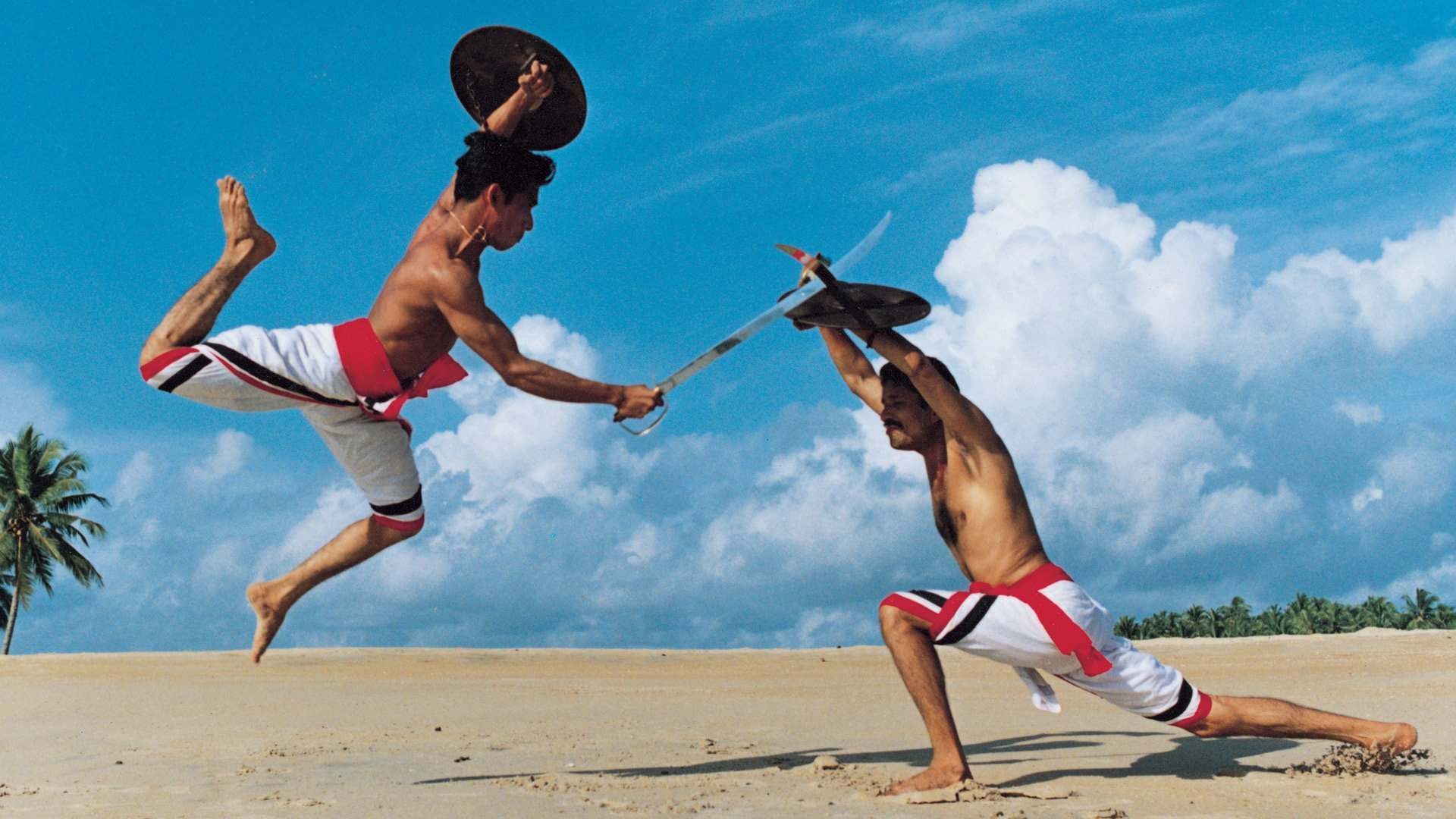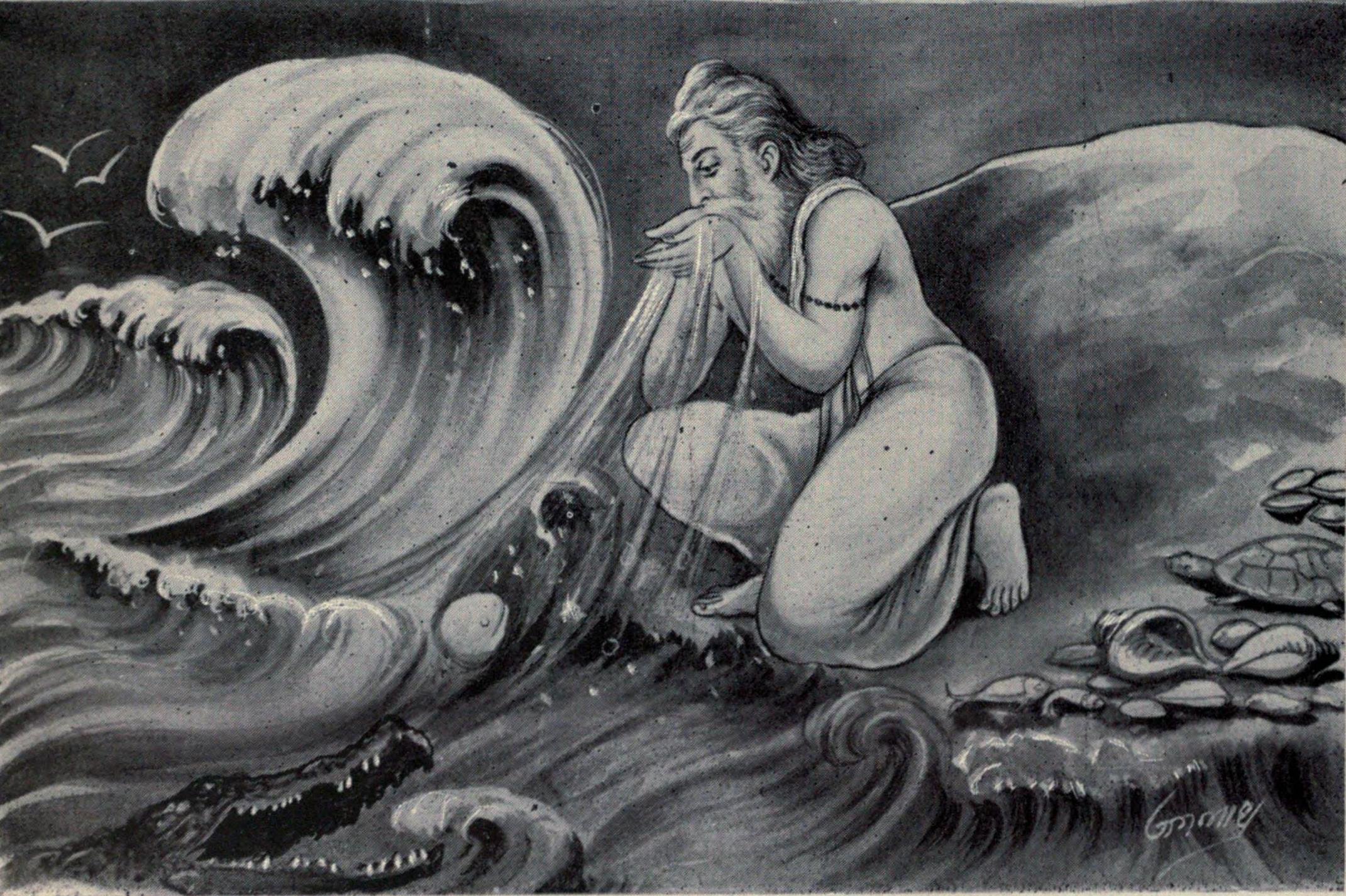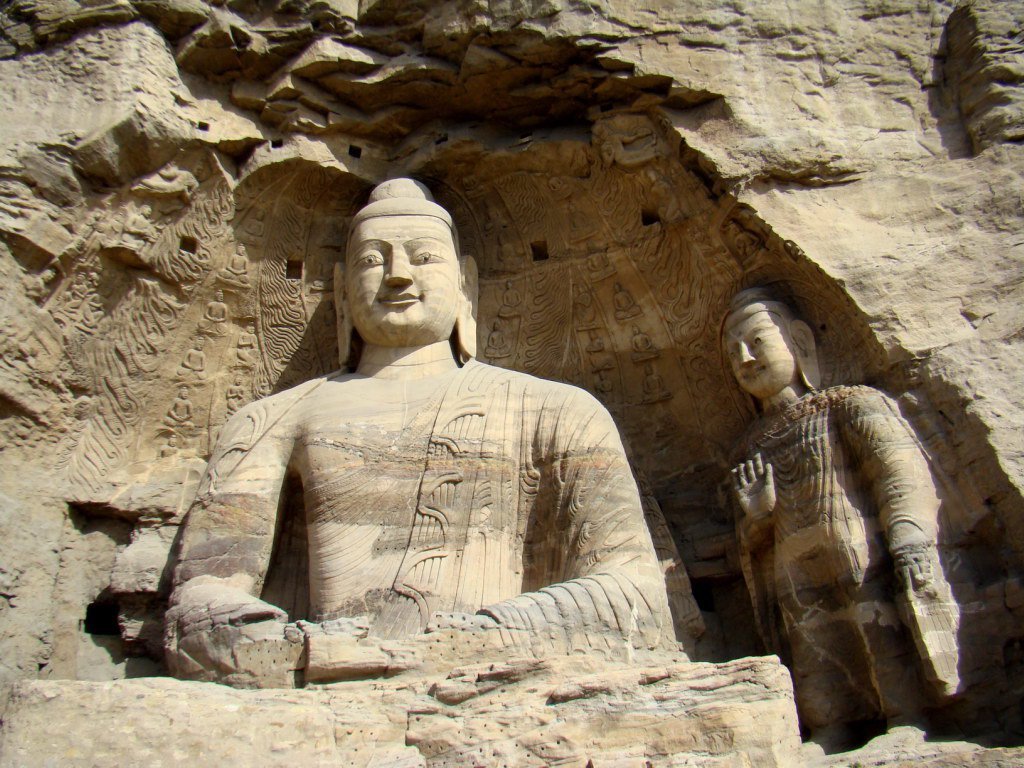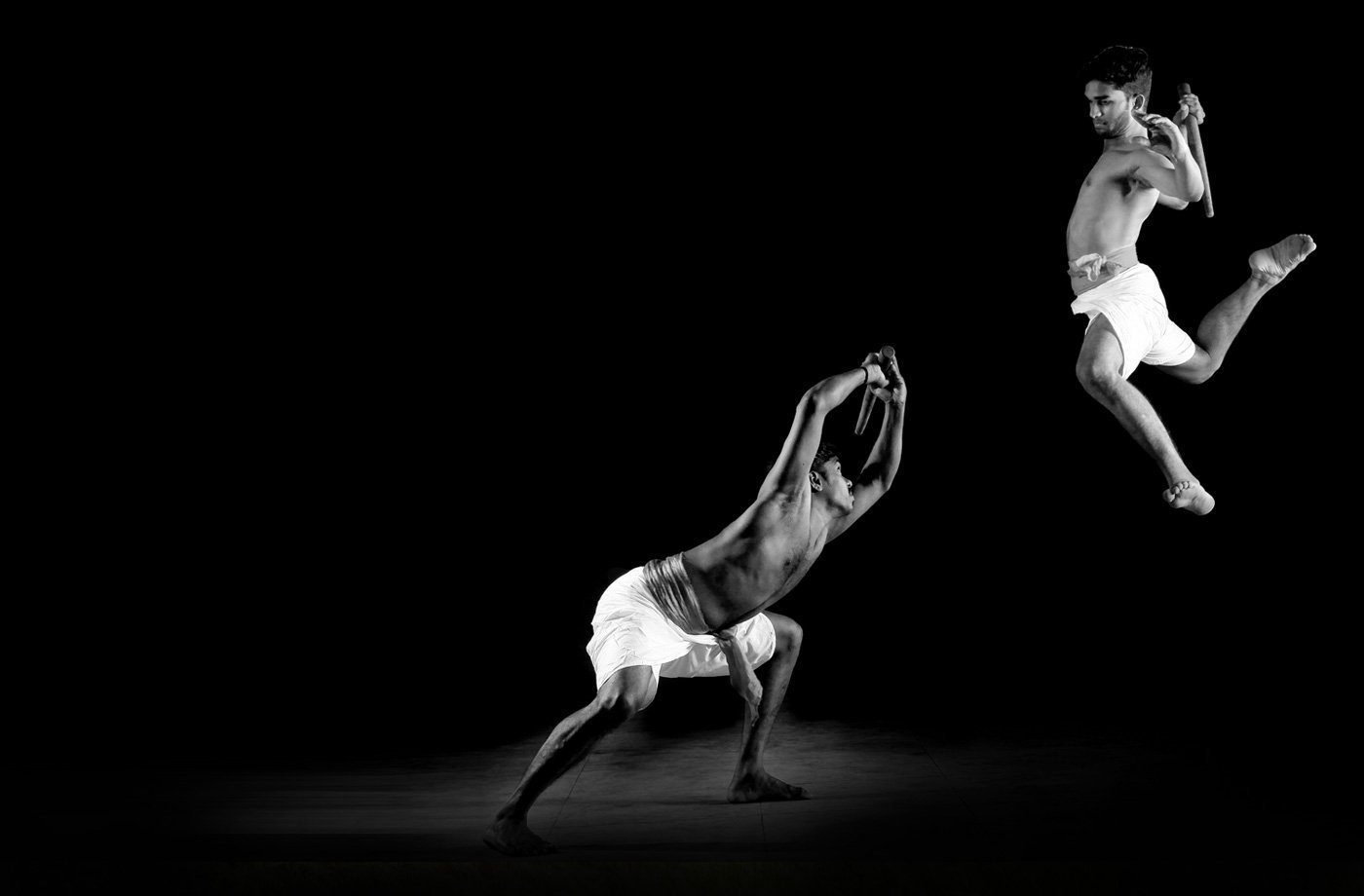Warfare has been part of mankind’s innate nature since the beginning of human existence. The art of war has undergone immense changes and developments over the ages. Yet, certain principles and teachings have always remained constant. Crack a dude’s neck and he’ll stop breathing; it’s as simple as that. Granted that is a fairly watered down example of what I’m saying, but hopefully you get the drift. Among the most ancient and proven forms of combat in history happens to have been born in God’s own country.
Here is a brief historic retelling about what is claimed to be the mother of all martial arts.
Historical literature first mentioned Kalari as an accepted style back in the 14th century, but its origins can be traced as far back as 15,000 BCE.
The first references to a form of martial arts and warfare, called Kalaripayattu, originated in southern India from the Sangam literature era between 300 BC and 300 AD. But, Kalari was first officially recognised as a martial art of Kerala in 1362 AD – the word kalari meaning, battlefield or combat arena.

Sage Agastya is considered to be the creator of Kalaripayattu.
Speculated to have lived sometime around 15,000 BCE, Agastya is one of the ancient saptarshis, a revered Vedic sage, and the earliest Siddhar. He is considered to have fathered the ancient form of warfare which is speculated to be either a direct translation or parent form of Kalaripayattu. From this account, there seems to be no doubt that Kalaripayattu is the oldest art form of war.

But it was Bodhidharma whose travels spread the art form across east Asia.
Speculated to have lived around the 5th or 6th Century AD, the Buddhist monk Bodhidharma was a trained practitioner of Kalaripayattu. It is said that it was his travels to the Shaolin temples that eventually resulted in him training the monks in the art form he practised in southern India, which evolved into what is today more commonly known as Shaolin Kung Fu.

Covering all methods of warfare, Kalaripayattu is considered to be the oldest, most holistic form of martial arts.
Although there are accounts of combat sports earlier than recorded accounts of Kalaripayattu, it is Kalaripayattu’s approach towards warfare that makes it a forerunner in a sense. While most other combative practices were still only sports – like pugilism and wrestling – Kalaripayattu was a martial art that the knightly bodyguards of ancient Kerala’s rulers practiced.

Today, it is safe to say that Kalaripayattu’s practices and techniques form an integral part of all Asian martial arts – at least in terms of root influences – which subsequently birthed a majority of different arts of warfare that the modern age recognizes.
Listen, you’ve got a new skill set to learn. Get cracking.
Masthead Source: corporatedayouts.com, Feature Image Source: cravebits.com

















